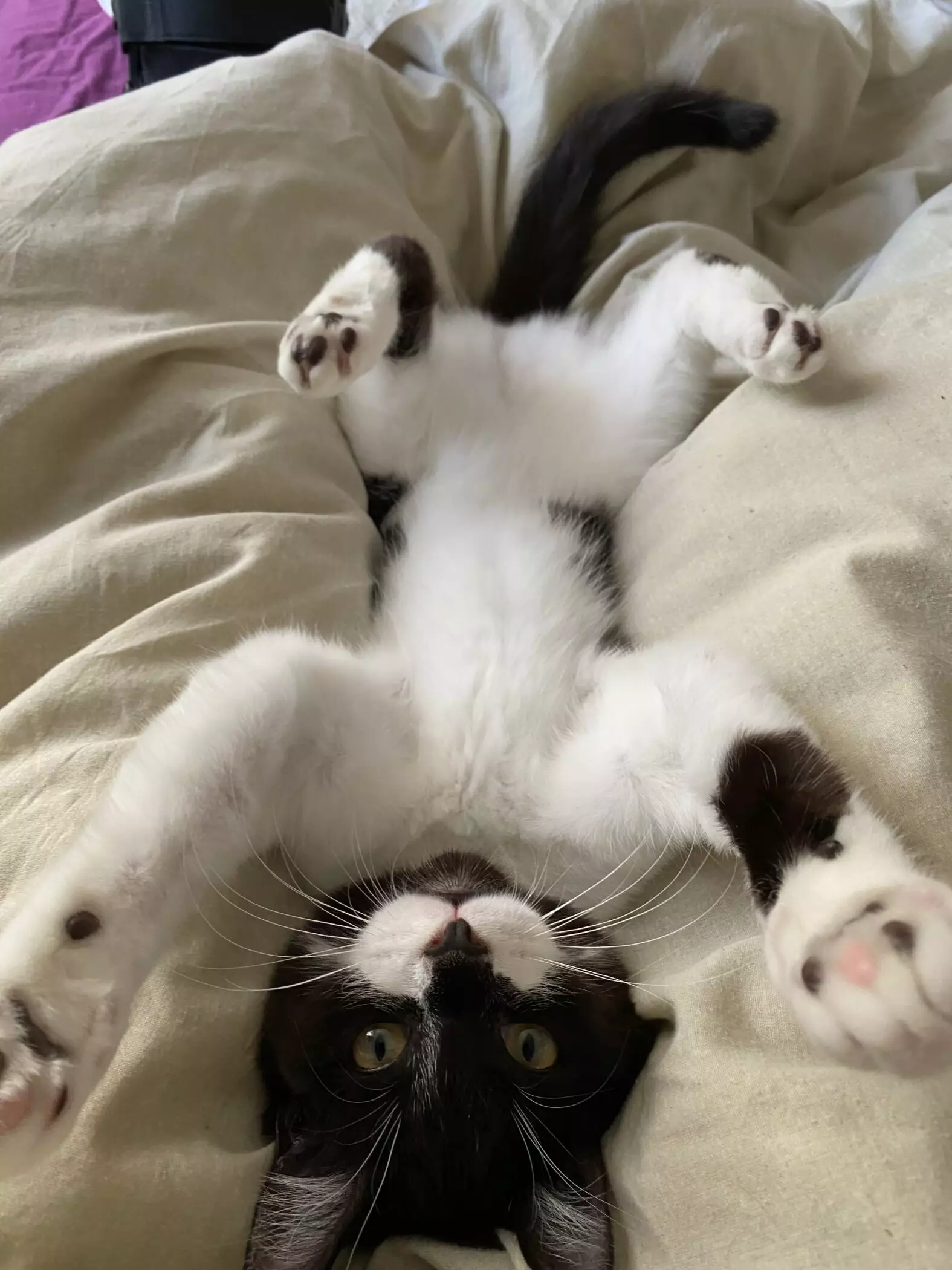Not many people set out to become a cat behaviorist, but for me, it unfolded serendipitously. Initially, I was just a cat lover without a clear career direction. My passion leaped into focus after the heart-wrenching loss of one of my furry companions. In a bid to immerse myself in the company of cats again, I began volunteering at a local animal shelter. Little did I know that this would ignite a profound interest in understanding feline behavior, ultimately culminating in a career dedicated to helping cats and their owners.
While I worked at the shelter, I encountered a wide range of feline personalities. Each cat exhibited distinct behavioral responses to the stress of being in an unfamiliar environment. Some were visibly terrified, while others displayed aggression or an endearing nonchalance. This disparity piqued my curiosity. Why did these cats respond differently? My quest to uncover the root causes of these observations became my mission, driving me to educate myself through various veterinary texts, workshops, and mentorship opportunities.
The Allure of Behavior and Boredom
After transitioning from a volunteer role to a professional cat behavior consultant, I found myself diving deep into an array of behavioral issues reported by cat owners. Whether it was excessive aggression, inappropriate elimination, or disruptive nighttime antics, a recurring theme stood out: boredom. The implications of feline boredom became painfully clear on our hotline, where desperate owners called for guidance.
However, this scenario is indicative of a broader societal misunderstanding about play and its significance for animals—particularly cats. I’ve often heard owners lament that their cats ignore the plethora of toys they’ve acquired, or express frustration that their pets simply won’t engage in play. These sentiments denote a missed opportunity not only for engagement but also for enriching the lives of these remarkable creatures.
The Science Behind Play
The scientific community has long recognized the critical role of play in animal behavior. Across species—from insects to dolphins—research substantiates that play is a fundamental activity that fosters physical, cognitive, and social development. For cats, play mimics the hunting process, allowing them to practice vital skills and reduce anxiety. My time at the shelter illuminated the therapeutic effects of play on fearful cats. Providing these cats with stimulating play experiences helped them emerge from their shells and adapt more comfortably to their uncertain surroundings.
The revelation that play is more than mere frivolity opened my eyes to its health benefits. Those of us who share our lives with felines owe it to them to facilitate play that feels instinctive and engaging. Understanding that a cat’s play mimics hunting behavior is essential. If owners can replicate the excitement of a hunt through interactive toys, they are more likely to ignite a cat’s natural curiosity and willingness to engage.
Making Play Engaging and Effective
When it comes to stimulating a cat’s innate behavior, many owners are hesitant to engage. The misconception that cats are ‘low-maintenance’ pets often leads to neglect of their play needs. But as a behaviorist, I’ve seen firsthand how important it is to encourage regular play sessions. Using tools like feather wand toys or laser pointers can transform otherwise mundane interactions into riveting hunting simulations. The goal is not just to provide toys, but to be an active participant in the play, guiding the experience towards successful outcomes for both pet and owner.
A common refrain I encounter from cat owners is, “My cat just doesn’t play.” This misbelief often arises from a lack of understanding about what constitutes engaging play for cats. The key lies in imitating real-life hunting: swift, erratic movements of toys can capture a cat’s attention much more effectively than stationary objects. The instant gratification from play not only alleviates boredom but also strengthens the bond between human and feline.
Building Lasting Relationships Through Play
As I poured my heart into the study and practice of feline behavior, I realized that play stands as a crucial pillar in ensuring feline happiness and overall well-being. The human-animal bond is reinforced during play; these shared moments of joy lead to a deeper understanding of each other’s needs and quirks. As cats tap into their hunting instincts through play, they experience a fulfilling outlet for their energy and intellect, fostering a more harmonious coexistence with their humans.
Through my research, writing, and ongoing interactions with cat owners, I advocate fiercely for play as a crucial aspect of cat ownership. It is an undeniable truth that by recognizing the necessity of play in a cat’s life, we elevate their happiness and diminish behavioral issues. There may not be a magic antidote for every behavioral concern, but learning to play mindfully with our cats unlocks a world of potential joy—for both the feline and human alike.
